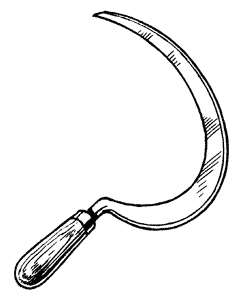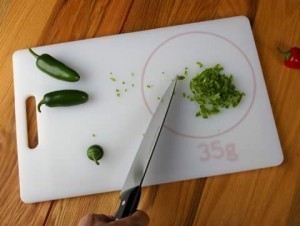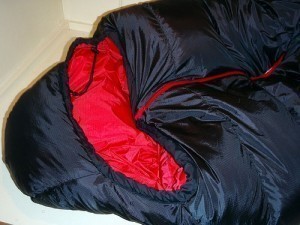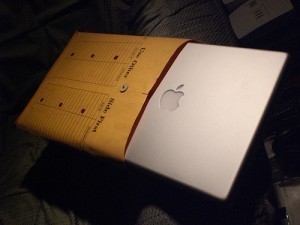Measuring Cylinder
A measuring cylinder or graduated cylinder is a container used for  measuring the volume of fluids. The cylinder is thin and tall. It is one of the most widely used pieces of lab equipment. Graduated cylinders are used by scientists the same way you use measuring cups.
measuring the volume of fluids. The cylinder is thin and tall. It is one of the most widely used pieces of lab equipment. Graduated cylinders are used by scientists the same way you use measuring cups.
Graduated Cylinder Information
The cylinder is a tube with two ends, one sealed and the other open. The cylinder features a calibrated volumetric scale that are marked or etched on. The cylinder will have a sizable foundation to ensure it is stable.
To make pouring easy, a lip is provided for at the top. Some measuring cylinders also have a plastic bumper guard. This feature is designed to keep the unit from breaking. Graduated cylinder sizes vary, but most range from 10 mm to 4 liters.
Variants
These cylinders are made of glass or plastic. Glass cylinders are very easy to read. They are also chemical resistant and clear. Glass cylinders are also resistant to heat.
They can also be heat sterilized. Their disadvantage is they can break easily. This can be a dilemma since their shape makes them prone to being knocked around.
By contrast, plastic cylinders do not break. However, they can be vulnerable to some chemicals. These will not break the cylinder. However, these chemicals can fog the cylinder. This makes it hard to read the cylinder.
How to Measure the Liquid
Put the liquid in the cylinder. Lift the cylinder so it is at eye level. The liquid will curve up by the cylinder’s side. This trait is known as the meniscus.
It is brought about by the attraction of liquid molecules to the surface of the cylinder. Check the measurements on the cylinder. The figure nearest the meniscus’ bottom is the right measurement.
Uses of the Graduated Cylinder
These cylinders are used in almost all labs around the world. They are used by chemists to assess chemical samples. Cylinders are also used for measuring reagents. Graduated cylinders are employed for measuring liquids in food. These cylinders are also part of chemistry sets.
Sizes
The cylinder accuracy hinges on its size. A 10 ml will have 1/10 ml divisions. The 100 ml cylinder will have divisions of 1 ml.
If you are going to use a measuring cylinder, practice reading the scale. It is a bit harder compared to reading measurements on a flask, but it is more precise. If you keep practicing, you will learn how to use it quickly.





